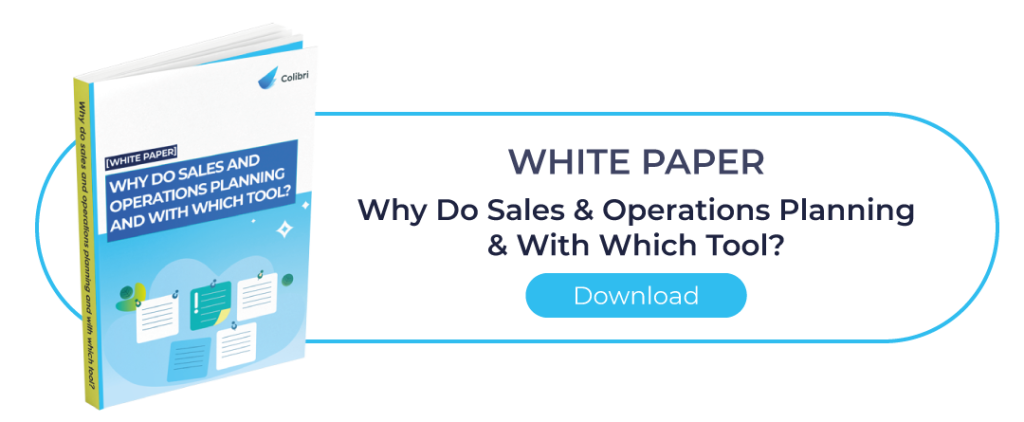For any business, having the right stock, in the right quantities and at the right time, is the basis for “selling well,”… and controlling costs is one of the keys to profitability. This is a complex equation because it requires optimizing fixed costs (floor space, equipment, machinery), variable, and staff costs generated by stocks.
However, there are ways of making savings in these areas. Our five golden rules to ensure that your stock management is also a performance factor
1. Rationalize the number of SKUs to avoid increasing management costs.
Today’s consumers increasingly expect access to made-to-measure or, at the very least, customizable products. However, the desire to customize products to meet demand leads to increasingly fragmented and extended product ranges. Depending on the market, sizes, colors, materials, and many other attributes are multiplied. This is known as SKU proliferation. But not all SKUs sell in the same proportions, and suppliers usually require a minimum order.
To avoid a proliferation of SKUs, which multiplies management costs, it is necessary to rationalize the number of SKUs. In this respect, assessing the relevance of investing in certain products is crucial by analyzing their cost/benefit ratio. By giving up a small market share and rationalizing your ranges, you can quickly save on stock management and return to profitability.
2. Categorizing products for more strategic storage
Categorizing references according to the ABC method or product lifecycle analysis enables finer-grained purchasing management and avoids overstocking.
Based on Pareto’s Law, the ABC method classifies references into three categories according to their strategic importance based on values such as turnover, sales volume, and margin…
So :
- In Category A: 20% of references produce 80% of the value;
- In Category B: 30% of references generate 15% of the value;
- In Category C: 50% of references account for 5% of the value.
To make savings in stock management, you need to :
- Concentrate investment on category A to increase sales on a smaller stock;
- reduce the stock volume in categories B and C, which generate high capital costs for only 20% of the value.
Similarly, the form and duration of a product’s life cycle (the different phases of which constitute the categories to be taken into account here) have a greater or lesser impact on stock management. The key to making savings? A vision of needs and demand behavior (seasonality, turnover rates, trends, etc.) lets you make the right purchases at the right time. It is also essential to stop production or supplies as soon as the strategic teams identify that a product has reached the end of its life. In this way, stock-outs and overstocking are better controlled.
To sum up, it is important to know which references generate the most value to save on stock management and identify the best time to supply or produce them.

3. Improve the reliability of sales forecasts to optimize inventory costs.
It is essential to be able to estimate demand as accurately as possible. This exercise, which must account for the business, the size of the company, its needs, and the nature of the product families, is directly correlated with the reliability of sales forecasts. And when it is not calculated accurately, it is the primary cause of uncontrolled stock levels, with all the associated problems of shortages, surpluses, and obsolescence.
Making the forecasting process more reliable, with error averages calculated as accurately as possible, makes it possible to size the safety stock. The challenge of the method lies in striking the right balance between reducing the proportion of stock linked to forecast errors and that which is intended to cover the uncertainty surrounding the forecast.
To sum up, making savings on stocks by making sales forecasts more reliable means ensuring that the safety margin is sufficient to avoid stock-outs but not too high to prevent becoming dormant stock.
4. Save on stocks by managing supplies.
Procurement management is the key to better stock management as a strategic pillar of the supply chain. And the stakes are even higher today, given the current difficulties in sourcing, the shortage of raw materials, and the rising cost of containers.
Once the stock level has been calculated for each product reference, the purchasing process needs to be guided by a trio of best practices:
- Define and stick to supply rules (calendar, just-in-time, or pull).
- Optimize transport costs through free carriage (postage and packing) while not making this an end in itself. Setting a maximum stock level and not deviating from it is the best way to prevent overstocking and the associated additional costs.
- Evaluate the reliability rate of suppliers and the percentage of product defects to know-how suppliers are performing and avoid costly emergency repairs.
Read also: Supplies: 5 tips to avoid emergency breakdowns
5. Making the most of stock and working together
If the stock is managed by the supply chain departments so that the right product is in the right place at the right time in the right quantity, it constitutes a fixed asset, and that’s a matter for the finance department!
It is a question of adding a financial vision to the S&OP to project relevant stock and sales valuations. And the key to success in maximizing the potential savings from good stock management remains collaboration between the supply chain and finance departments. It’s nothing more and nothing less than a question of performance… and one that needs to be seriously considered!
Read also: Improving cash flow: reducing inventory is another way of freeing up investment capacity.
To conclude…
Making savings on stocks is a complex process that includes various optimization processes. Relying on an S&OP tool that addresses inventory management issues is one of the best ways to achieve this.
Colibri, a 100% Cloud solution, enables you to forecast sales more reliably and anticipate supplies as accurately as possible so that your stock is always correctly sized to meet demand and at no extra cost. Colibri also offers intelligent financial planning functions for the supply chain. Stocks are monitored and valued, enabling the “collaborative team of different departments” to focus on the best strategic decisions!






